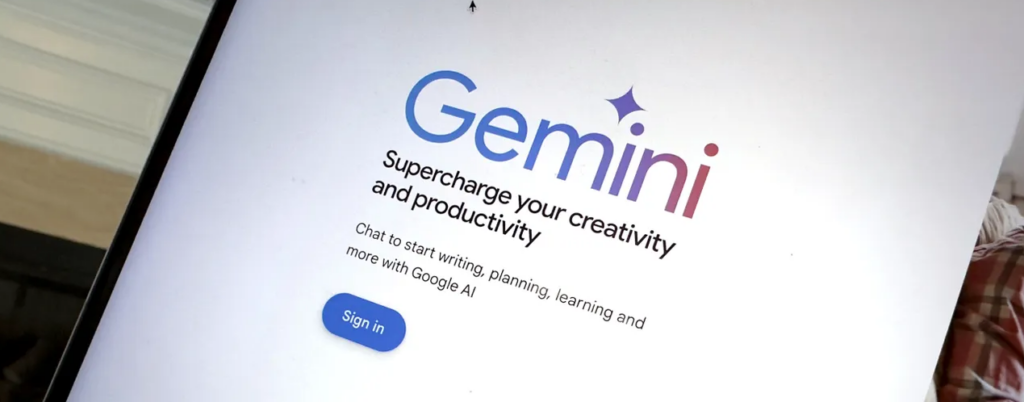
Introduction
Google Gemini is at the forefront of a transformative wave in artificial intelligence (AI). As Google, a long-time leader in AI research, steps into the arena of multimodal models, it introduces a trio of models—Gemini Nano, Gemini Pro, and Gemini Ultra. This move comes as OpenAI’s GPT models have dominated recent discussions despite Google’s significant contributions, including the development of the transformer architecture.
Understanding Google Gemini
What Sets Google Gemini Apart?
Google Gemini, similar to OpenAI’s GPT models, distinguishes itself by its innate understanding of various data types. Beyond text, Gemini seamlessly integrates and comprehends images, audio, videos, and code. This multimodal capability opens new possibilities, allowing for more versatile interactions and applications.
Training Methodology
Google Gemini adopts a transformer architecture and employs strategies like pretraining and fine-tuning, aligning with other large language models (LLMs). What sets it apart is its simultaneous training on text, images, audio, and videos. This integrated approach aims to provide a more holistic understanding, capturing nuanced associations between different modalities.
Multimodal vs. Unimodal
While GPT-4 Vision (GPT-4V) from OpenAI follows a similar multimodal approach, Gemini’s training methodology distinguishes it from models combining separately trained components. The simultaneous training on multiple modalities enables Gemini to respond to prompts with both text and generatively-created images, showcasing its versatility.
Three Sizes of Gemini: Tailored for Versatility
Gemini is designed to cater to a broad spectrum of devices, from data centers to smartphones. The three versions—Gemini Ultra, Gemini Pro, and Gemini Nano—offer flexibility and scalability, each serving specific use cases.
Gemini Ultra
Positioned as the largest model, Gemini Ultra is designed for the most complex tasks. Benchmark tests demonstrate its superior performance compared to GPT-4 and GPT-4V in both LLM and multimodal benchmarks. While still undergoing testing, its official release is anticipated next year.
Gemini Pro
Balancing scalability and performance, Gemini Pro finds applications in various tasks. Independent testing reveals its accuracy, closely aligned with the corresponding GPT 3.5 Turbo model.
Gemini Nano
Tailored for local operation on smartphones, Gemini Nano enhances responsiveness and efficiency. Currently available on the Google Pixel 8 Pro, it powers features like smart replies in Gboard.
Building with Google Gemini
In an era of AI-infused applications, Google positions Gemini as a platform for developers. Its seamless integration through cloud computing, hosting, and web services allows developers to harness Gemini’s capabilities for AI-powered applications.
How Does Google Gemini Work?
Google Gemini departs from conventional multimodal AI models by undergoing training on text, images, videos, and audio simultaneously from the start. The pretraining phase involves exposure to a massive dataset, including text, images, videos, and audio, processed concurrently. Techniques like reinforcement learning with human feedback (RLHF) further fine-tune the model, enhancing its ability to generate more accurate and safer responses.
Comparing Google Gemini with Other LLMs
Comparisons with other large language models are complex due to Gemini’s multimodal nature. However, its text understanding and generation capabilities align with or surpass equivalent GPT models, placing it ahead of many existing LLMs like Llama and Claude.
Accessing Google Gemini
A specially trained version of Gemini Pro is accessible through Google Bard, offering select users a glimpse of its capabilities. Developers can explore Gemini Pro through Google AI Studio or Vertex AI. The highly anticipated Gemini Ultra, set to release next year, will be available to developers and through Bard.
Conclusion
In conclusion, Google Gemini emerges as a transformative force in the AI landscape, introducing multimodal capabilities that set it apart from unimodal models. While promising, its true potential and effectiveness await broader accessibility, real-world applications, and refined launch strategies. As Google seeks to make its mark in the evolving AI conversation, Gemini stands as a testament to the continuous innovation in the field.
